Making garden compost with grass clippings appears like a logical thing to do, and it is, however you do require to be aware of some things about composting yard prior to you go ahead and do it. Knowing more about composting with yard clippings means that your overall compost stack will be better off.
Gathering cut turf to garden compost can be a big chore and if you cut your lawn correctly, it is an unnecessary task. Cutting your lawn at the proper height and with the correct frequency suggests that the clippings will decay naturally on your yard without posing any harm. In reality, permitting lawn clippings to decay on your lawn naturally will assist to add nutrients to the soil and reduce your yard’s requirement for fertilizer.
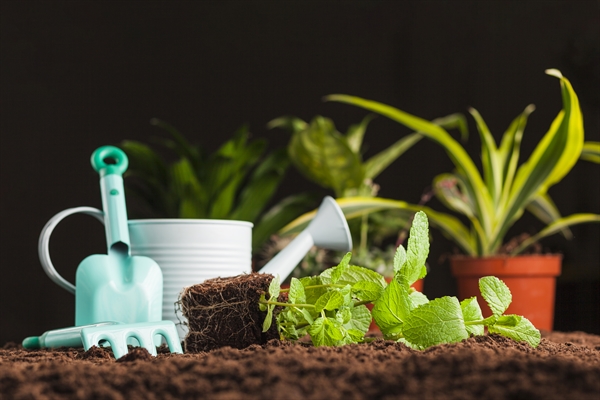
Most importantly, you need to be mindful that newly cut yard is considered a ‘green’ product in your garden compost stack. A garden compost pile needs to have a proper balance of green and brown material in order to decompose effectively, so when you are composting with grass clippings that are freshly cut, you require to make sure that you likewise include browns, such as dry leaves.
Numerous individuals also have concerns about composting yard turf that has actually been treated with herbicide and how that will impact their compost. If you are composting domestic yard clippings, then the herbicide that can legally be used on your yard is required to be able to break down within a matter of a few days and need to not present any additional threat to other plants that get compost made from these yard clippings.
One might believe that lawn clipping composting is as simple as simply tossing the turf into the compost heap and then strolling away. This is not true, especially if you are speaking about fresh lawn clippings. Since turf is a green product and tends to form a mat after being cut and stacked, just tossing grass clippings into your garden compost stack can result in a slow and/or foul-smelling compost heap.
In other words, improperly dealt with grass clippings in the garden compost load can result in a rank, mucky mess. Rather, when making garden compost with yard clippings, make certain that you mix or turn the lawn clippings into the pile. This will assist distribute the green product uniformly through the stack and will avoid the turf from forming a mat in the stack.
Now that you understand how to compost yard, you can make the most of this plentiful resource and assistance keep land fills just a little less filled.
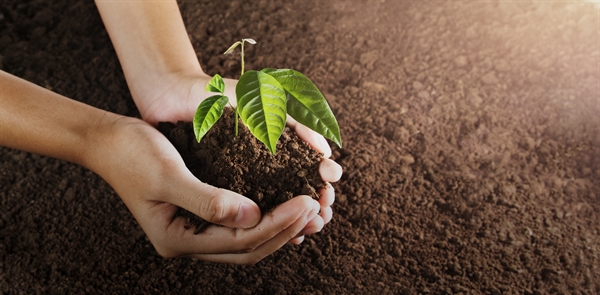
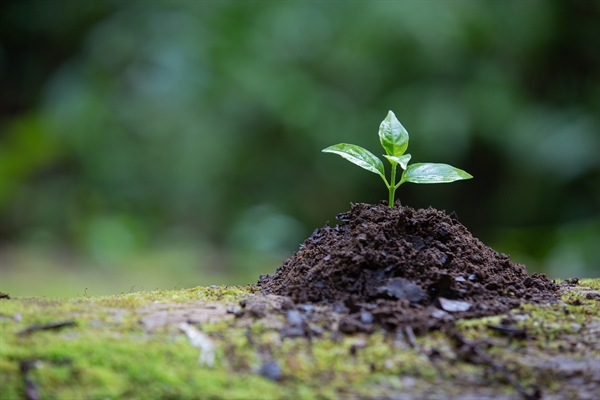
If you’ve got a yard, it requires to be cut. Basic as that. But did you know you can put your yard clippings to work? If you use them right, they can conserve you money and time while also developing a healthier lawn. Plus, it’s very simple to do! So, if you’ve been questioning what to do with turf clippings after mowing, wonder no more! You want to compost them.
Composting yard clippings is the very best! You basically not do anything. Honestly, it’s as simple as leaving the clippings on your lawn after cutting rather of attaching a bag. And doing this keeps your lawn much healthier. Simply take a look at these statistics! Fertilize less. When turf clippings decay, the lawn takes in all those nutrients, like nitrogen, phosphorous and potassium.
In Fort Dodge, IA, Kaitlin Frederick and Makayla Patel Learned About Are Grass Clippings Good For Lawn
However do not skip fall! That’s the most crucial time to fertilize. Save water. Recycling turf clippings indirectly enhances soil structure, which suggests it can hold up to 12 percent more water, according to the University of Minnesota. Invest less time. You’ll conserve approximately 35 minutes each time you cut.
Great! Decrease waste. Did you understand lawn trimmings make up nearly 20 percent of our solid waste? You’ll feel excellent recycling and recycling rather of trashing your lawn. Plus, if you have actually heard that leaving yard clippings causes thatch, current studies have revealed that’s normally not real. So, recycle your yard with confidence.
Cut grass to its ideal height, which is 3 inches for cool-season turfs and 2 inches for warm season grasses. If you experience a conventional cold winter, you probably have cool season yard! During peak season, cut every 5 days, instead of every seven. Despite the fact that you’ll do this more, you’ll invest up to 38 percent less time during each trim, according to the University of Idaho.
That’s it! However if you see the clippings collecting in piles, rake ’em out, so they can decay quicker. To compost yard clippings generally in a pile or bin: Connect a lawn mower bag to capture lawn clippings. Include dry lawn that hasn’t been dealt with in the last 14 days to your compost heap.
If you allow yard to break down on your lawn, it’ll be gone soon, usually within a couple of weeks. If you compost lawn in a stack and turn routinely, it’ll develop into compost in a few months. To compost yard in the lawn quicker, cut every 5 days! If you’re composting turf in a pile, get the ratio right, turn your stack weekly and water when dry.
Professor Rot states: What can I state? Lawn clippings are indispensable to composting. But you need to find out how to do it properly so both your lawn and compost bin enjoy! Throughout the spring and summertime lawn clippings can occupy as much as 50 percent of one’s total lawn trimmings.
The memorable word that explains the whole new motion to inform property owners about composting and recycling their lawn clippings is Grasscycling. So, let’s begin there. GRASSCYCLING Forget those long-held beliefs that turf clippings left on a lawn smother the turf underneath or cause thatch. Lawn clippings are in fact great for the yard.
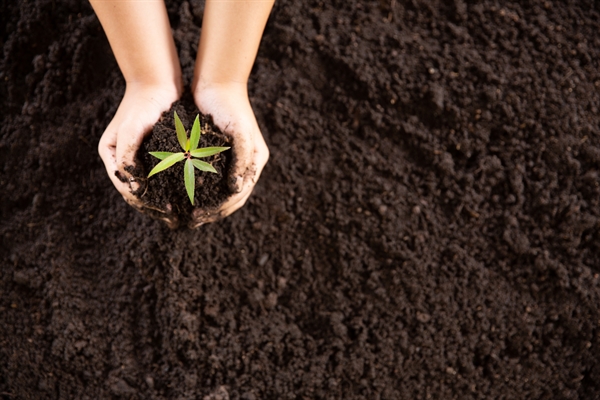
Grasscycling is a simple, simple opportunity for every homeowner to do something helpful for the environment. Grasscycling is an accountable ecological practice and an opportunity for all property owners to decrease their waste. And the very best part is, it takes less time and energy than bagging and dragging that turf to the curb.
Grass clippings are over 80% water, so they decay rapidly and launch nitrogen and other nutrients back into the lawn and soil naturally, thereby improving lawn quality. Turf clippings include water-saving mulch and encourage natural soil aeration by earthworms. Benefits to Grasscycling No bagging or raking the lawn (Whew!) Plastic lawn bags do not end up in the garbage dump 50% of your yard’s fertilizer requirements are fulfilled, so you reduce time and cash invested fertilizing Less contaminating: lowers the need for fertilizer, pesticides and herbicides Non-thatch causing, therefore making a lawn energetic and resilient Makes you feel good and green all over! Yahoozy! Not only does it make taking care of your lawn simpler, however grasscycling can likewise lower your mowing time by 50% since you do not need to get afterwards.
In 90260, Delilah Fuentes and Jaylene Watson Learned About Lawn Clipping Bag
To grasscycle properly, cut the grass when it’s dry and always keep your lawn mower blades sharp. More pointers to help make the most of the benefits of grasscycling clippings on your lawn: Get rid of no more than 1/3 of the leaf surface area with each mowing. Cut when the yard is dry. Utilize a sharp lawn mower blade.
Aerate your lawn. In the spring, lease an aerator which eliminates cores of soil from the yard. This opens up the soil and permits higher motion of water, fertilizer, and air by increasing the speed of decay of the yard clippings and improving deep root growth. Water completely when required.
Ensure you follow the correct yard care schedule for your type of turfgrass. Yard Composting Tips Yard clippings, being mainly water and really rich in nitrogen, are problematic in garden compost bins since they tend to compact, increasing the possibility of becoming soggy and producing a strong ammonia-like odor. Follow these tips for composting this important “green”, consequently minimizing odor and matting, and increasing fast decay: Pointer # 1: Garden compost in thin layers, intermixed in a 2-to-1 ratio with “brown” products such as dry leaves or plant debris (saving/bagging Fall’s leaves is best for Spring/Summer turf composting).
Tip # 2: Let grass clippings dry out for a number of days before composting. Tip # 3: If your bin is packed loaded with grass clippings, turn the stack (utilize a garden compost aerator tool) every few days for very quick outcomes. Particularly do this to bring air into matted, foul-smelling stacks.
When grass clippings are allowed to decay naturally on the yard, they launch important nutrients, add water-saving mulch and encourage natural soil aeration by earthworms. Grasscycling saves time and work. A current research study in the United States discovered that 147 house owners who quit bagging their clippings saved approximately 35 minutes per mowing.
Heck, that’s a day at the beach! All lawn mowers can grasscycle. No unique lawn mower is necessary. For finest outcomes, keep the lawn mower blade sharp and cut just when the grass is dry. Grass clippings are a totally free, high-nitrogen fertilizer. When clippings disintegrate, they launch their nutrients back to the yard.
When left on the yard, clippings are quickly broken down into these nutrients, which are gone back to the lawn. There’s no contaminating run-off, no use of non-renewable resources and no damage to soil organisms or wildlife. Grasscycling ways there’s no need to invest tax dollars on landfilling turf. The expense of trucking lawn clippings to garbage dump websites comes out of locals’ taxes.
And tax dollars might be invested in services and programs instead of on the labor, trucks, fuel and precious garbage dump space used in yard disposal. Grasscycling is a simple, easy chance for each house owner to do something great for the environment. Grasscycling is a responsible ecological practice and an opportunity for all property owners to minimize their waste.
The American Love Affair with Lawns Today, 58 million Americans spend around $30 billion every year to keep over 23 million acres of yard. That’s an average of over a 3rd of an acre at $517 each. The exact same size plot of land might still have a little yard for entertainment, plus produce all of the veggies required to feed a family of six.
In 38654, Xavier Gilmore and Jax Griffith Learned About Leave Grass Clippings On Lawn
These exact same yards make up about 1/12 the area of all U.S. farmland, or roughly the size of the state of Indiana. Lawns utilize 10 times as many chemicals per acre as commercial farmland. These pesticides, fertilizers, and herbicides run off into our groundwater and vaporize into our air, triggering widespread pollution and worldwide warming, and significantly increasing our risk of cancer, heart illness, and abnormality.
In truth, lawns utilize more devices, labor, fuel, and agricultural contaminants than industrial farming, making yards the largest farming sector in the United States. But it’s not just the property yards that are squandered on lawn. There are around 700,000 athletic grounds and 14,500 golf courses in the United States, numerous of which used to be fertile, productive farmland that was lost to designers when the regional markets bottomed out.
To trim correctly, numerous concerns should be considered: height, frequency, clipping elimination, and blade sharpness. The chart below recognizes the most typical ranges of turfgrass grown in lawns, and the height to set your mower. Check out the pointers below for more guidelines. Turfgrass Variety Set Mower tothis Height Trim at or before this Height Cool Season Ranges Kentucky Bluegrass 2.5-3.5″ 4″ Fine/Tall Fescue 2.5-3.5″ 4″ Perennial Ryegrass 2.5-3″ 4″ Warm Season Bermudagrass.5-1″ 2″ Zoysia.5-1″ 2″ MOWING HEIGHT: Under many situations, lawns need to be trimmed at 2.5-3-inches.
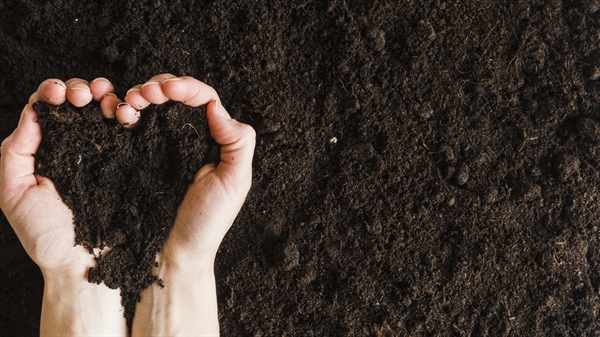

Trimming height is vital. If you mow too brief the root system will be limited and shallow. Your lawn will be more prone to summer drought and disease stress. The greater you trim, the much deeper your yard’s root system will establish. Your lawn will stay greener longer into the summertime and need less water.
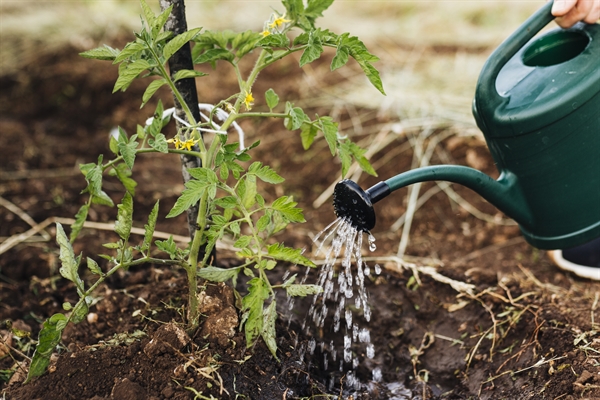
If you do, do not wait to raise your lawn mower. Raise it back to 2.5-3-inches in early spring to encourage a deep root system before summer season. TRIMMING FREQUENCY: Many people mow as soon as a week, which is fine. Nevertheless, mowing more frequently, specifically in the spring, will enhance your lawn appearance.
can you throw away grass clippings
every other week), yard quality will suffer. In general, do not get rid of more than 1/3 of the height of the lawn each time you trim. For instance, if you’re cutting at 2-inches, mow prior to your yard reaches 3-inches in height. Yards go through a natural growth surge in the early spring.